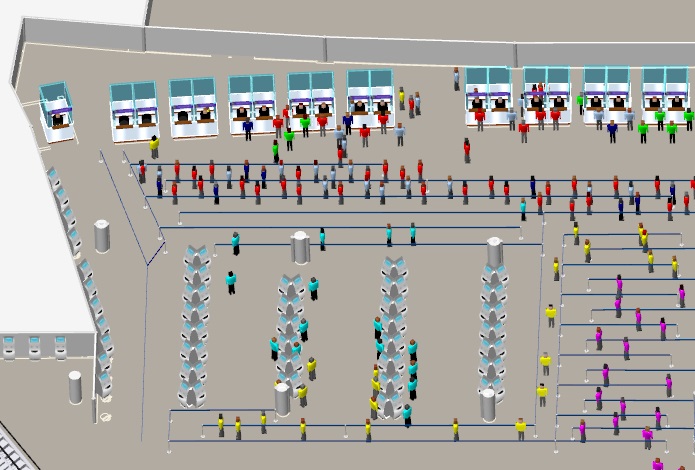Berlin Airports
Security Management Solutionpowered by CAST
This consulting service by ARC determines the current state of the airport and identifies the necessary changes for the Entry/Exit System (EES). This ensures that the client is well prepared for this upcoming change and reduces the risk for any disruptions. Significant cost reductions can be achieved by smart, forward-thinking planning and management.
Complying with the new European Entry/Exit System will become a new requirement for the European airports in the near future. The Entry/Exit System (EES) will be an automated IT system for registering travellers from third-countries. Each time they cross an EU external border, the system will compare and/or register a set of data including the passenger’s biometric data, including fingerprints and facial images.
A full description on the system is available at the corresponding website of the European Commission.

Although nuances of the final implementation still need to be finalized, airport operators and responsible agencies need to start planning for this new system and the related operational and technical challenges. This is of particular importance as previous studies by ARC pointed out that a ‘do-nothing’ strategy can easily push waiting times and queue lengths at immigration to inacceptable levels.
The Entry Exit System’s requirements can be fulfilled in different ways, including the use of kiosks for highly repetitive tasks as data collection, the use of e-gates, when leaving the country again or adding the additional tasks to the immigration officer at the regular counter. Due to potentially high investments, it is essential to design this process in such a way that costs are minimized while still meeting operational requirements.
ARC supports its client to decide for a suitable implementation strategy by analyzing various key performance indicators:

CAST Terminal Simulation of Immigration Checkpoint
If you are interested in getting access to our 1-hour webinar recording on this topic, please let us know by entering your email below.